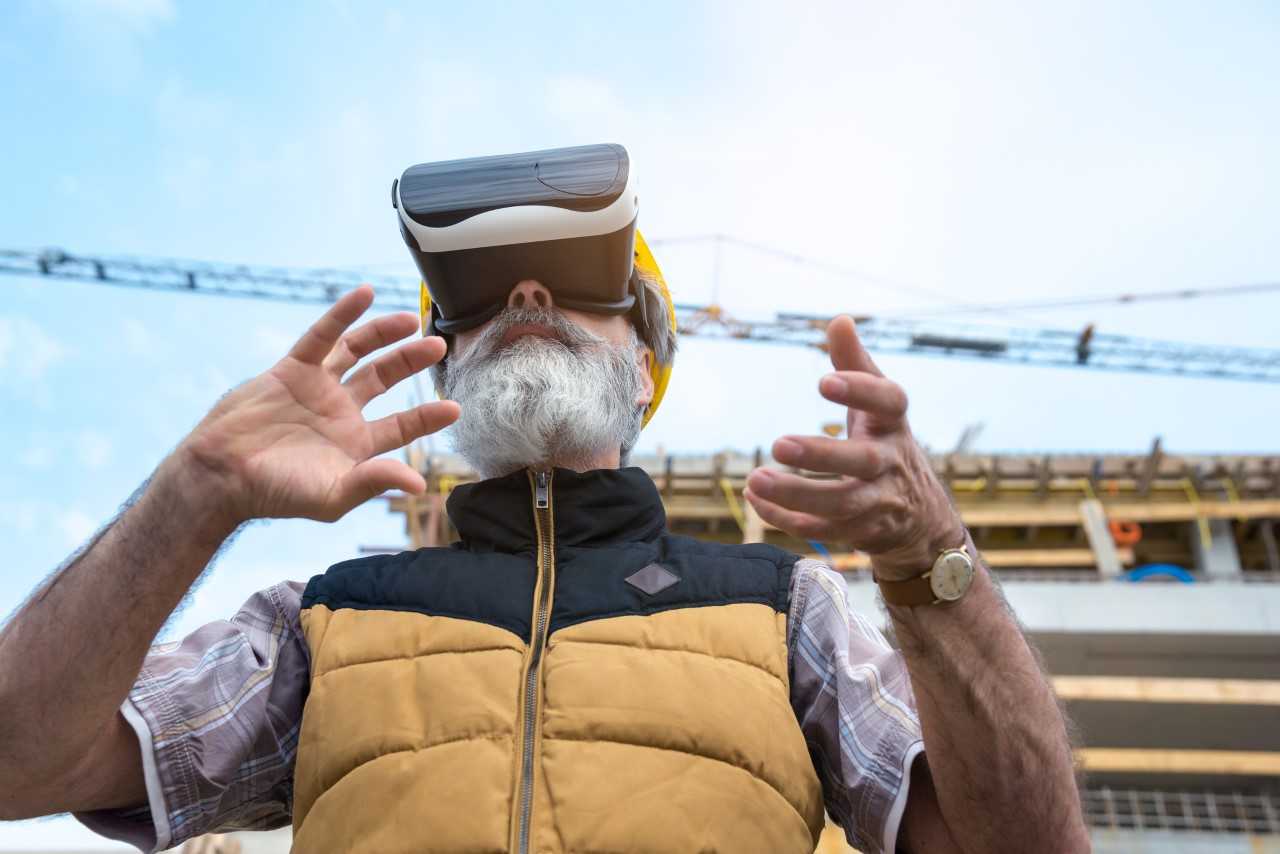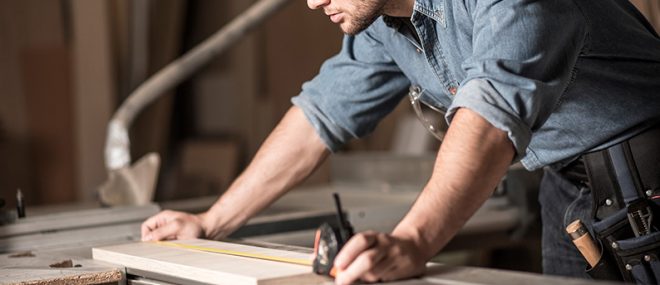New materials, new construction methods, and robot-assisted design-build have the potential to dramatically alter traditional construction practices. In fact, there have been huge leaps in recent years, and 2017 was no exception. There’s no doubt about it: digital disruptors in construction are picking up steam.
Although modernizing the construction sector won’t be easy, evidence from other industries who have adopted new technology is becoming difficult to ignore. Wondering what’s in store for the construction industry in the year ahead? Here are some insights based on the challenges, opportunities, and trends of today.
Trends and challenges in construction
When it comes to digitization and technological innovation, the construction sector seems to be remarkably behind the times. However, there are reasons for this lag, including uncoordinated project planning, lack of investment in tools and training, and little incentive for innovation. The good news is there’s still a lot of room to grow, and a few trends show where that growth is likely to happen.
Resiliency: In light of 2017’s chain of hard-hitting storms, fires, and other natural disasters, more construction firms could begin to put strength and longevity ahead of design and aesthetic (or at least combine the two camps). In the US, it’s estimated that the combined damage to structures in 2017 topped $300 billion – and many believe it to be closer to $400 billion. In turn, the general building trend could move towards disaster-resistant materials, adaptive design, and smart infrastructure (like raised streets in flood-prone coastal areas).
Less manpower: The construction sector is still in need of skilled labour, and with more workers retiring than young people showing interest, there’s no correction in sight. The situation could be even worse than it appears, with the recent announcement that UK construction company Carillion is going under, potentially taking thousands of jobs with it. Now more than ever, there’s a reason for firms to embrace the next major trend that’s already very much underway…
Technology and automation: More sophisticated machines and cleverly applied automation can relieve some of the burden of a dwindling workforce – especially when it frees up humans to work in less dangerous, more innovative roles. New technology has already altered the construction process, from digitalization in the planning stages to robot-assisted installation, and it promises to bring more change in the near future.
In the US, the combined damage to structures in 2017 topped $300 billion – and many believe it to be closer to $400 billion.
Digital disruptors gaining speed
From worker safety to efficiency and environmental concerns, there are plenty of motivators for more digitalization in construction. While a variety of technologies are in the works, there are two particularly robust areas the industry today:
Robotics
We’re on the brink of an entirely new approach to completing construction tasks, and robots are leading that revolution. Construction services continue to be in demand, but as the shortage of skilled labour lingers and technology pushes forward, robots are being put to work in creative new ways.
Robotics and technology are being used to build structures more quickly, at a lower cost, and less dangerously than traditional methods would allow. Recently, a research team from Carnegie Mellon University developed a robot to tie rebar on bridges – a historically difficult and demanding job for human hands. Other advancing technology, like 3D printing, is changing the nature of the building process itself, from design to material to installation.
As the shortage of skilled labour lingers and technology pushes forward, robots are being put to work in creative new ways.
3D printing
A variety of materials are being used for 3D printing in the construction industry, but concrete continues to be a material of choice, considering it can take on so many shapes, creates no waste, and can be locally sourced. In China, for example, they were able to build a 12,000 sq. ft. concrete home by prefabricating parts using 3D printers. The machines are programmed to excrete a concrete mixture into forms that are then printed and used to manufacture sections of buildings.
In 2014, in what was initially thought to be a hoax, Chinese company Winsun Decoration unveiled the world’s largest 3D-printed structure to date: a 1,100 sq. m., five-storey apartment building made entirely of pre-fabricated sections of recycled concrete, output from a 6.6 by 10 metre tall 3D printer and assembled on-site. The company has more recently moved into bus stops and public toilets, proving that this new phase of printing could significantly alter the landscape of our cities.
Engineering firms across the globe have also employed robotic-assisted design and 3D printing to create modular structures. One technology firm in Amsterdam is attempting the world’s first 3D-printed metallic bridge, and Dubai wants 25% of all new buildings to be 3D-printed by 2030.
A new take on traditional materials
There are new materials hitting the market every day, but builders are adopting new methods of using traditional materials, too.
David Kalashnikov, Northbridge Insurance’s Construction & Contracting Underwriting Manager for Western Canada, points out that high rises have begun to turn away from traditionally fire-resistive materials like concrete and steel in favour of cutting-edge technologies. In 2016, Northbridge insured the construction of a $50 million, 18-storey wood-frame building on the University of British Columbia (UBC) campus, the first of its kind in Canada. This project employed a new, wood-based building material called Cross Laminated Timber (CLT).
At 18 storeys high, the project employed the ground-breaking CLT building material technology for its floor structures, glue-laminated wood columns, and a cladding product made of 70 per cent wood fibre. Many of the project’s components were pre-fabricated in an off-site factory and then transported and assembled on-site at the UBC campus.
Of course, new methods and materials can bring big challenges, too. For an industry that juggles so much day-to-day risk and needs to safeguard people and investment, introducing new technology may mean introducing new approaches to insurance. But how – and how much – will the insurance industry need to adapt?
How new technologies could affect insurance
Moving the construction of building components into a controlled factory setting can eliminate many of the challenges involved with on-site construction, says David. Modular components allow construction to be done in a safer, controlled environment with a higher level of quality assurance; components built at a manufacturing site will require a different category of insurance.
“With robotics-assisted pre-fabrication, it’s anticipated that projects can be completed more quickly and at lower cost”, David explains. “Assembly of modular components can be done substantially faster with robotics than with traditional construction methods. It’s estimated that 3D printing could reduce construction times by 50 to 70 per cent and labour costs by 50 to 80 per cent.”
Insurers will need to rethink how they’re underwriting these new products and projects. Reduced construction costs and compressed build schedules may shrink the pool of premiums paid to insure construction projects. And many projects now require a different approach to risk assessment, too.
Want to learn more about how construction insurance can work for you in the digital age? Check out our Construction and Contracting Insurance section, and these helpful articles:




